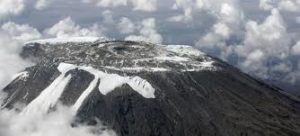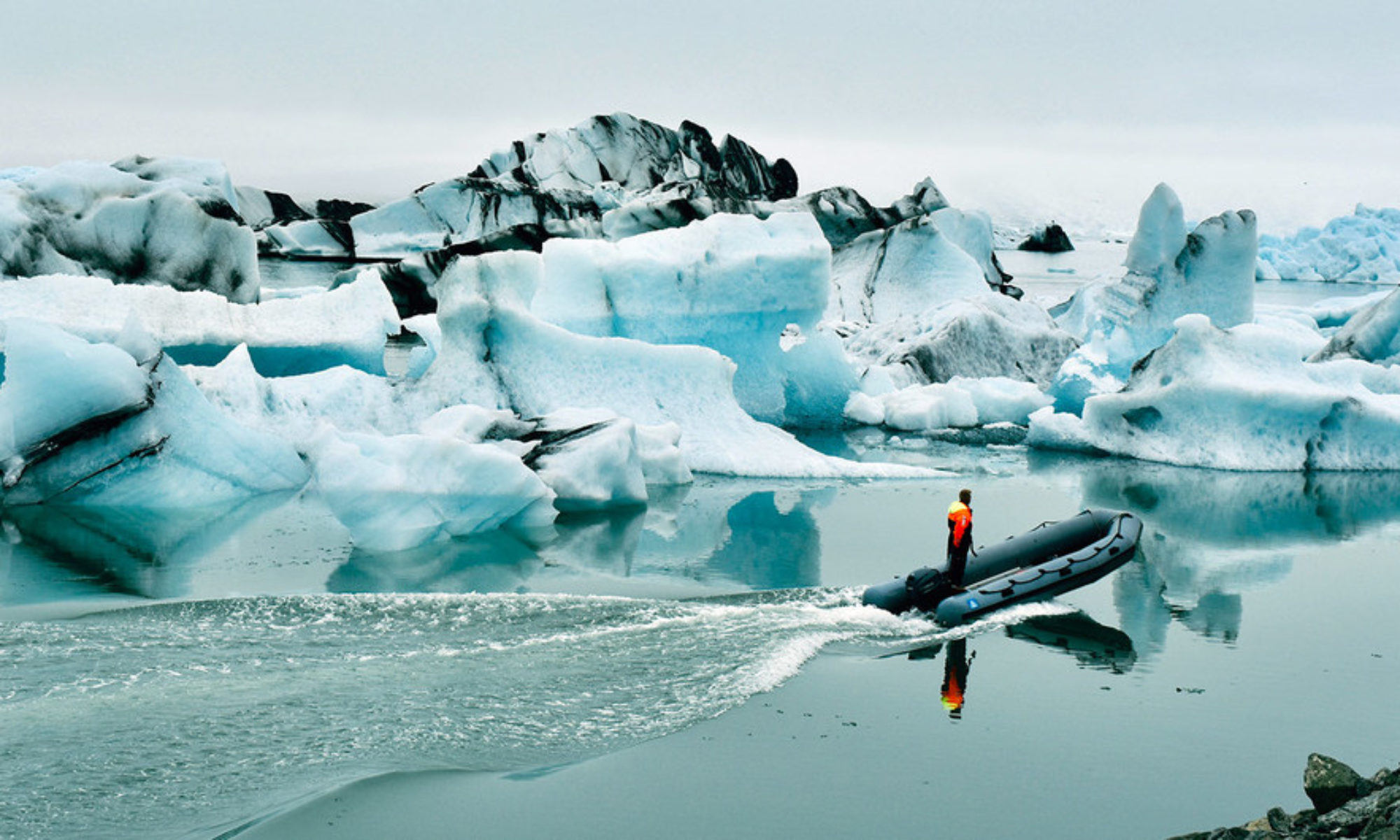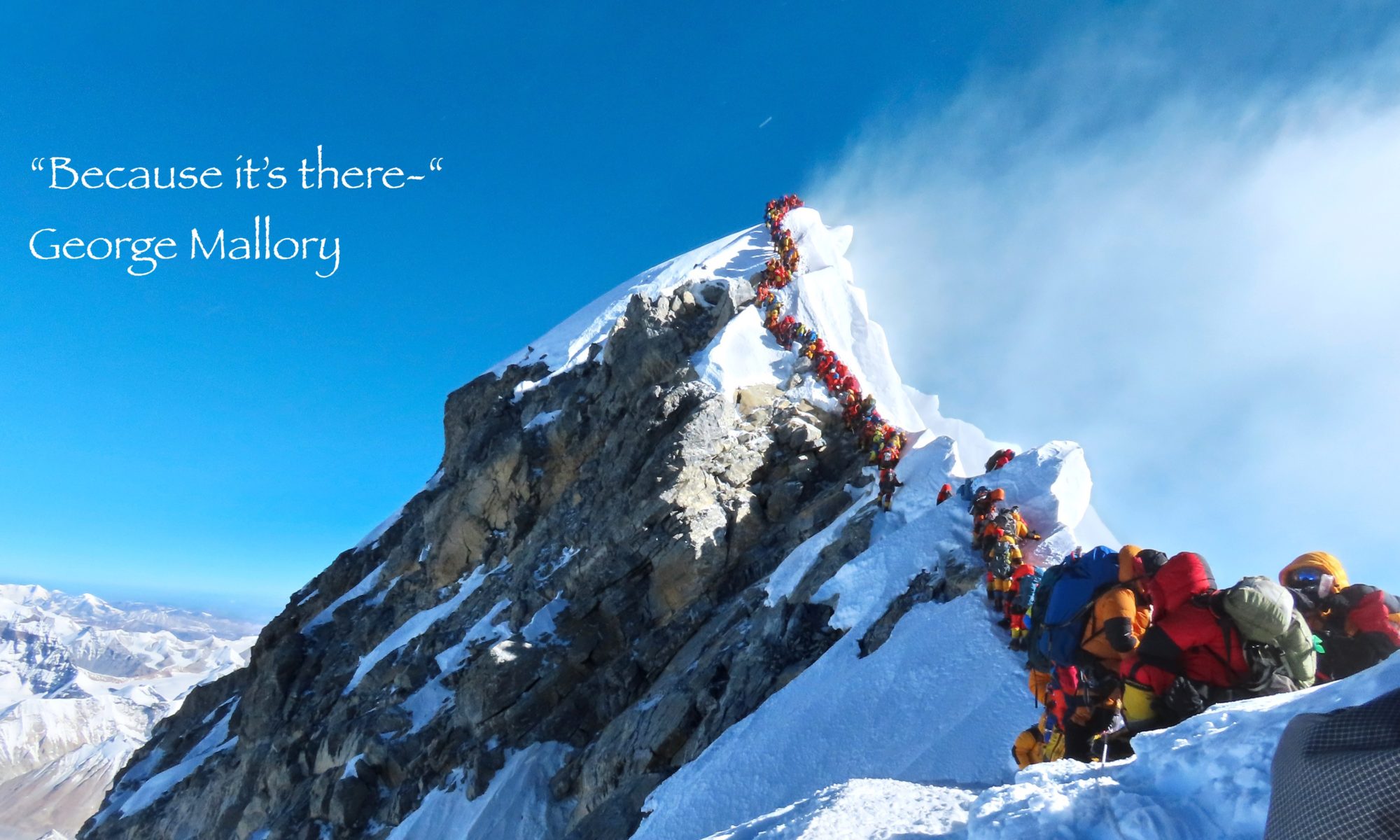Summary: This section describes ways individuals overcome the dangers of high altitudes without aid. With continued attraction to mountains, many generations have traversed its rough terrain, developed mountain sickness, and discovered ways to alleviate it. Regardless, evidence has shown humans were never meant to permanently reside in the slopes.
Mountain Sickness
Mountain sickness arises from reduced oxygen concentration, cold temperatures, dehydration, intense radiation, and high winds. Without oxygen to supply cells’ demands, climbers experience intense exhaustion.  To curb this effect, climbers must introduce their bodies the higher altitudes gradually, a concept balloonists failed to grasp (they experienced euphoria and soon impaired judgment and death). Despite this gradualism or the assistance of supplementary oxygen, numerous hikers have surpassed this proposed limitation and lived to tell the tale.
To curb this effect, climbers must introduce their bodies the higher altitudes gradually, a concept balloonists failed to grasp (they experienced euphoria and soon impaired judgment and death). Despite this gradualism or the assistance of supplementary oxygen, numerous hikers have surpassed this proposed limitation and lived to tell the tale.
Acute Mountain Sickness
“’We crumple to our knees, clutching our axes…Every ten or fifteen steps we collapse into the snow to rest, then crawl again.’”
While its begins with a euphoric light-headedness, mountain sickness transforms into difficulty sleeping, severe headaches, loss of appetite, and nausea. While causes remain unclear, low blood oxygen concentration and acidity are likely to blame. Physiologically, small air sacs called alveoli branch off from lung pipes and engage with local blood vessels for oxygen exchange. With decreased oxygen in the alveoli from higher altitudes, blood vessels constrict and abandon those alveoli, causing large jumps in pulmonary blood pressure. Leaked fluid accumulates within or near the air sacs, interfering with the gas exchange and causing labored breathing.
Into Thin Air
Why does breathing pose a problem? From an evolutionary perspective, only recently have humans decided to enter high altitudes. Sea-level supplies of oxygen have left humans unprepared. Since the rate of breathing largely affects carbon dioxide concentration, human respiratory rate matches bodily carbon dioxide concentration. At high altitudes, a chemical response that prompts the body to increase respiration rates to combat the reduced oxygen. Hyperventilation improves oxygen uptake and exhales more carbon dioxide, reducing its presence in the alveoli and blood. As a result, humans may hold their breath longer than before.
Acclimatization
Reaching new heights requires a second round of hyperventilation to further alleviate problems with reduced blood carbon dioxide and acidity.  Acclimatization sensitizes the body to lower oxygen levels and replenishes blood acidity, helping some climb extraordinary heights. Along with this adaptation a protein develops more red blood cells levels, which carry oxygen around the body, but at the cost of more viscous blood.
Acclimatization sensitizes the body to lower oxygen levels and replenishes blood acidity, helping some climb extraordinary heights. Along with this adaptation a protein develops more red blood cells levels, which carry oxygen around the body, but at the cost of more viscous blood.
Native Advantages
Those living at higher altitudes maintain a larger lung to body ratio due to their larger lungs and shorter, barrel-chested stature. With larger hearts to pump blood and increased capillaries in tissues for more efficient gas exchange, these populations have adapted to adverse conditions. In fact, in areas where acute mountain sickness affects newcomers, inhabitants conduct and run marathons.

